Sean Ellis BSC used KODAK 35mm & 16mm film to create the visual identity for the psychological thriller 'The Cut'
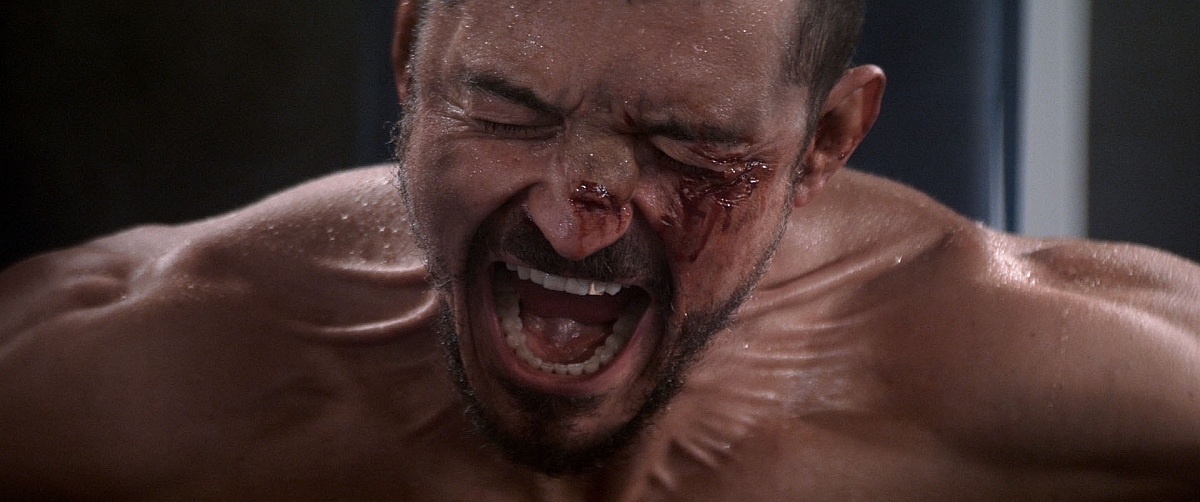
Courtesy of Sean Ellis BSC.
Psychological thriller, The Cut, directed and shot on 35mm and 16mm analog film by Sean Ellis BSC, follows a former boxing champion as he trains for a redemptive return to the ring, following a career-ending defeat ten years before.
Coming out of retirement and determined to win a championship title in Las Vegas, the fighter begins a gruelling regime to make the starting weight – he has to lose 30 pounds in a week – under the auspices of an unorthodox and ultra-demanding coach.
Starring Orlando Bloom as the boxer, Caitríona Balfe as his wife and business partner Caitlin, and John Turturro as Boz the coach, the film premiered as a special presentation at the 2024 Toronto International Film Festival, where Bloom was acclaimed for an 'all-time-great performance' and Ellis earned praise for the subjective horror of his framing and camerawork in capturing a story about obsessive drive.
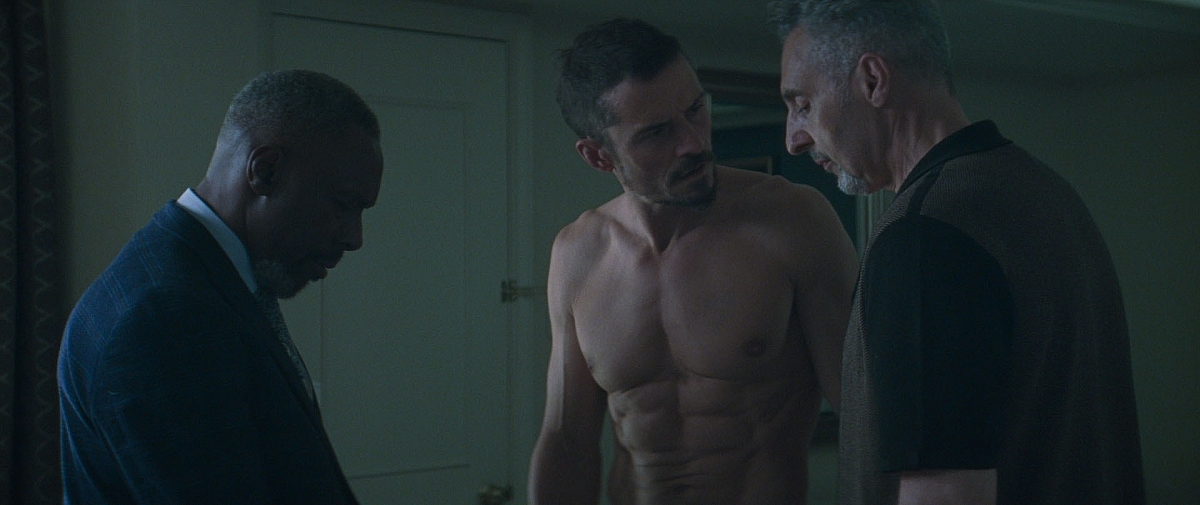
Courtesy of Sean Ellis BSC.
The screenplay for The Cut was written by Justin Bull from a story by Mark Lane, who worked as a producer on the film. In preparation for his role, Bloom reportedly lost over 50 lbs over three months, achieved through a strict diet and an intense training regime overseen by a nutritionist.
Production on the film took place over 25 shooting days during May and June 2023, at a hotel near Heathrow Airport, London, doubling as an off-strip Las Vegas-style resort, and a quarry in North London for the movie's Nevada desert scenes. Terraced streets with red brick houses around West London were used to film flashback scenes of the boxer's childhood in Belfast. Later in 2023, a small camera crew, led by Ellis, spent a week in Las Vegas shooting day/night cityscapes and other pick-ups to help cement the visual storytelling in the city.
"I'd been looking for a boxing movie for a long time, as some of my favourite films are in that genre," says Ellis, who directed Cashback (2006, DP Angus Hudson BSC), and who shot/directed Metro Manila (2013), Anthropoid (2016) and Eight for Silver (aka The Cursed in some markets) (2021), all on 35mm analog filmstocks.
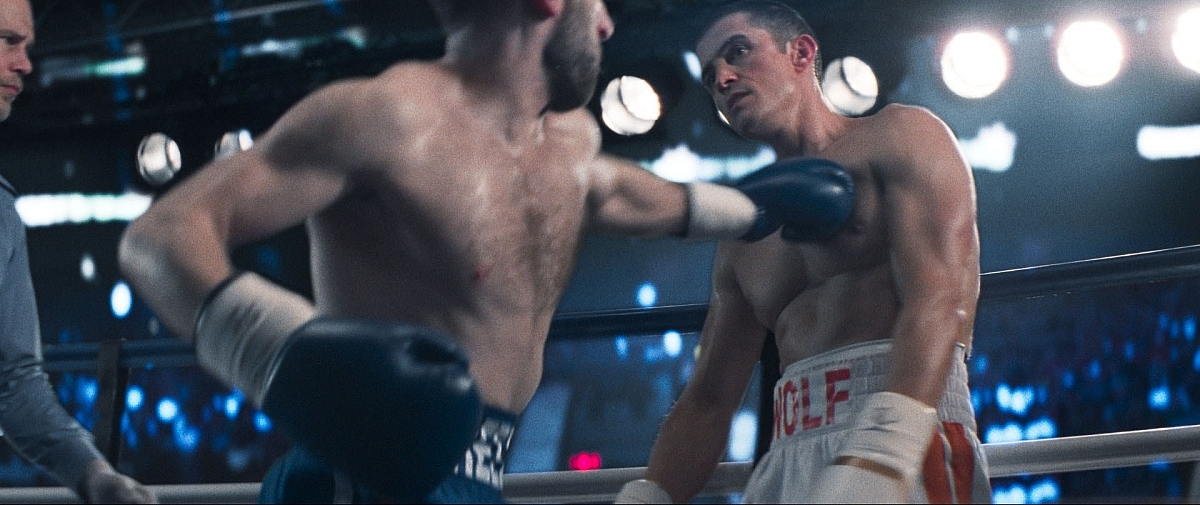
Courtesy of Sean Ellis BSC.
"Features like Rocky (1976, dir. John G Avildsen, DP James Crabe ASC), Raging Bull (1980, dir. Martin Scorsese, DP Michael Chapman ASC) and Day of the Fight (1951, dir. Stanley Kubrick, DP Stanley Kubrick), all have their own tropes and set the bar very high. Looking at what's gone before, it's very hard to do something from a new angle.
"So, when I first read the script for The Cut, I was like, 'Wow, I've not seen this in a boxing movie before.' I thought it had a really original premise about the mindset behind driving ambition and getting there at all costs. It was beautifully written too. So, I said 'Yes' to Mark Lane, the producer who sent it to me, and we went from there."
Being both director and cinematographer on films, Ellis laughs about the creative conversations he has with himself, calling it "the schizophrenic act that I sometimes have to pull. First and foremost, The Cut was about thinking backwards. We had to shoot in reverse chronological order as Orlando had to get in-shape and lose enough weight before we could start filming, which was a bit of a head-scratcher.
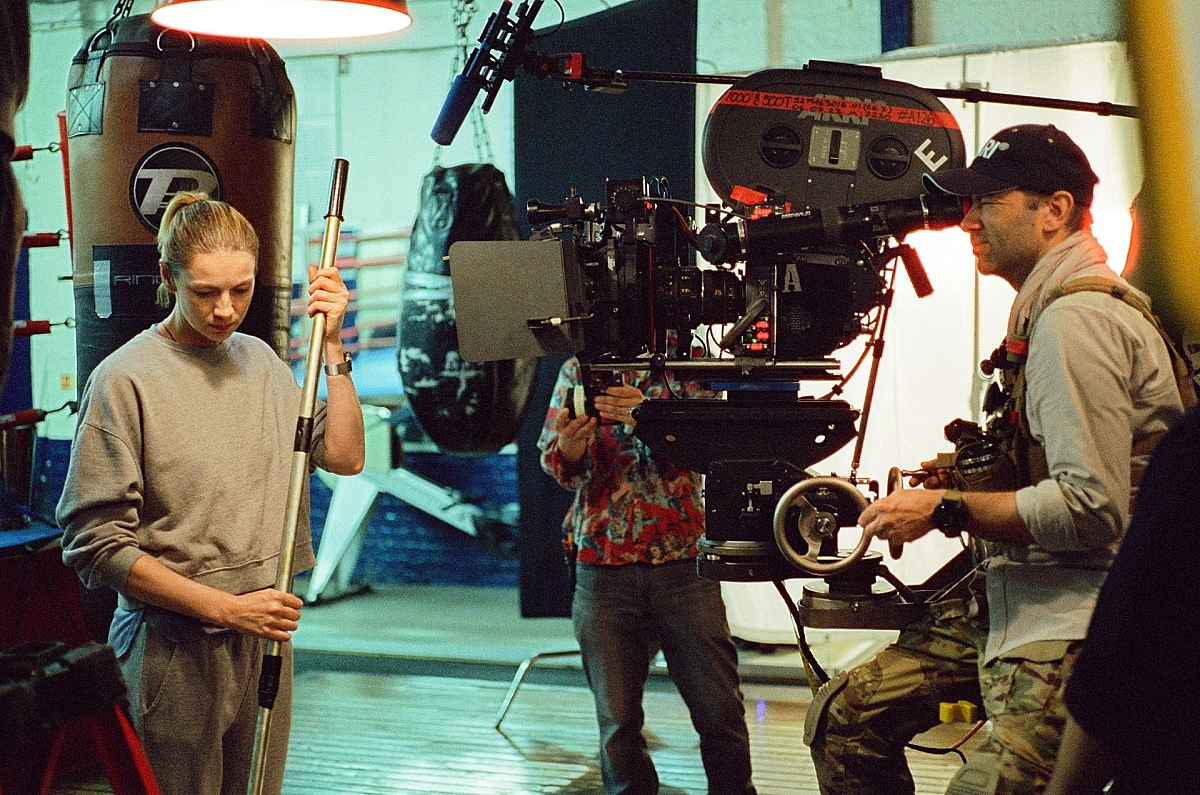
Courtesy of Sean Ellis BSC.
"Also, my first creative question was whether, given a shoestring budget and 25-day shooting schedule, there would be enough money to shot on analog film? The answer was 'Yes,' and it was from this point that I was able to start forming a visual identity of the film."
Along with the aforementioned pugilistic movies, Ellis says, "I pretty much looked at every boxing movie that's been made, as well as others that were apt in other ways – films about driven characters, obsession and addiction, such as Leaving Las Vegas (1995, dir. Mike Figgis, DP Declan Quinn ASC), The Machinist (2004, dir. Brad Anderson, DP Xavi Giménez) and Jacob's Ladder (1990, dir. Adrian Lyne, DP Jeffrey L. Kimball ASC). As far as would-be contenders were concerned, I also looked at The Hustler (1961, dir. Robert Rossen, DP Eugen Schüfftan) and The Color of Money (1986, dir. Martin Scorsese, Michael Ballhaus ASC)."
Ellis shot The Cut in 4-perf 2.40:1 widescreen aspect ratio, using ARRICAM ST and LT 35mm cameras, chiefly using a Cooke Varotal 18-100mm zoom lens, adapted with an Anamorphic 2x squeeze rear element, along with Elite Series-7 Anamorphic primes. The director/DP used an ARRIFLEX 416 16mm camera fitted with ARRI Zeiss Ultra 16 Primes and ARRI Zeiss Master Prime lenses, for the film's flashback sequences, filming open gate but framing for 2.40:1. The camera package was supplied by ARRI Rental in London.
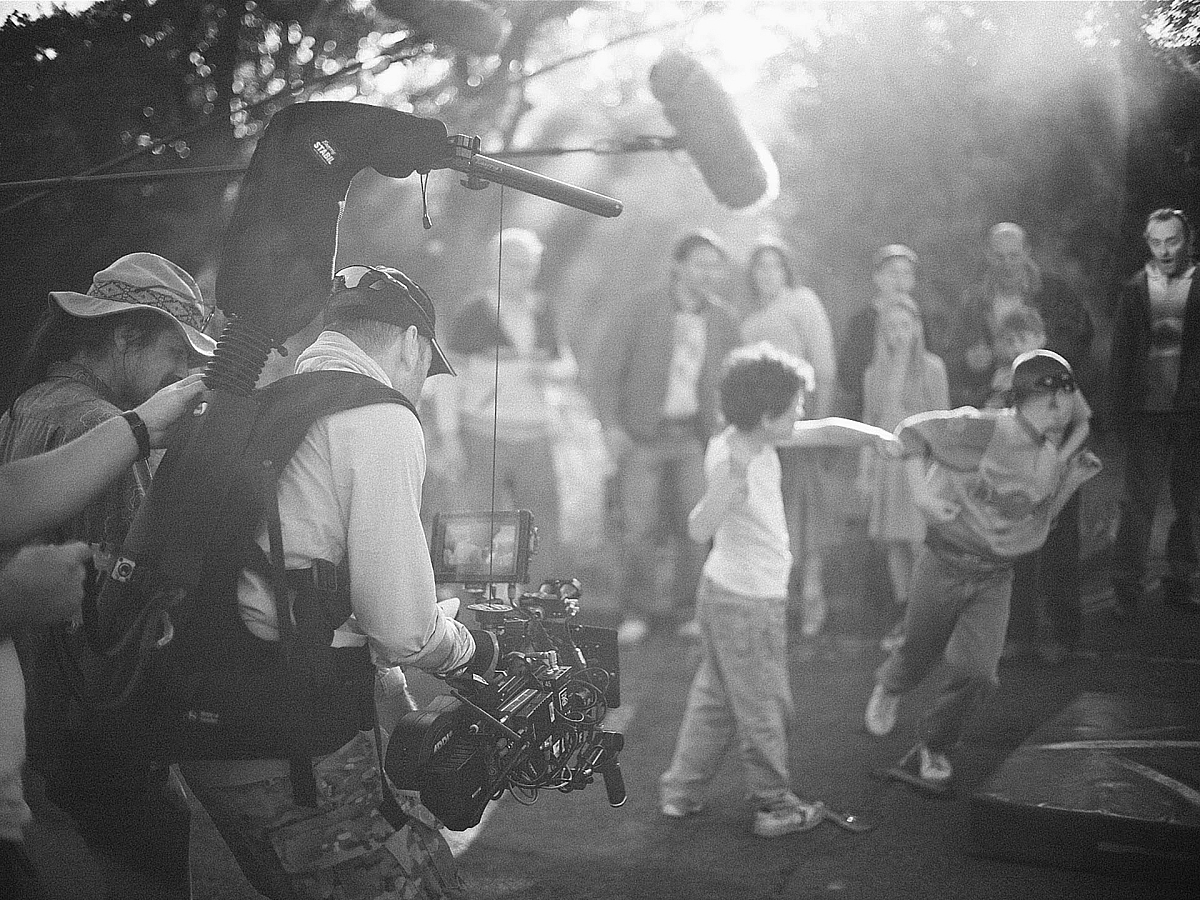
Courtesy of Sean Ellis BSC.
"I went with the Cooke Varotal 18-100mm zoom as we were going to shoot multiple characters – sometimes as many as five – in various rooms together, and I knew that traditional blocking of those scenes would be pretty much impossible. We'd always be moving characters around and trying to find an angle, all against the clock," Ellis explains.
"So, we shot four separate takes of these scenes, with the camera in each corner and I rode the Cooke zoom each time, starting wide and slowing closing-in, finding frames of the characters. When one take was complete, we'd move the camera to the next corner and do it again until we had done each of the four corners. There was an element of winging-it a bit, but working that way I knew I would have enough coverage in the edit.
"That lovely Cooke Varotal 18-100mm zoom is a very sharp lens and capable of capturing extreme close-ups. Normally it is T3 wide-open, but when you work in Anamorphic it becomes T4, so we had to boost the light as I wanted to shoot at T4. My focus puller, Dominique Cheung really liked it, and even got a bit upset whenever it came off the camera and one of the Elite primes went on instead. Although we mainly shot the Belfast flashbacks on 16mm film using the Master Primes, I mixed things up a little bit by also using the Cooke zoom, but without the Anamorphic rear element."
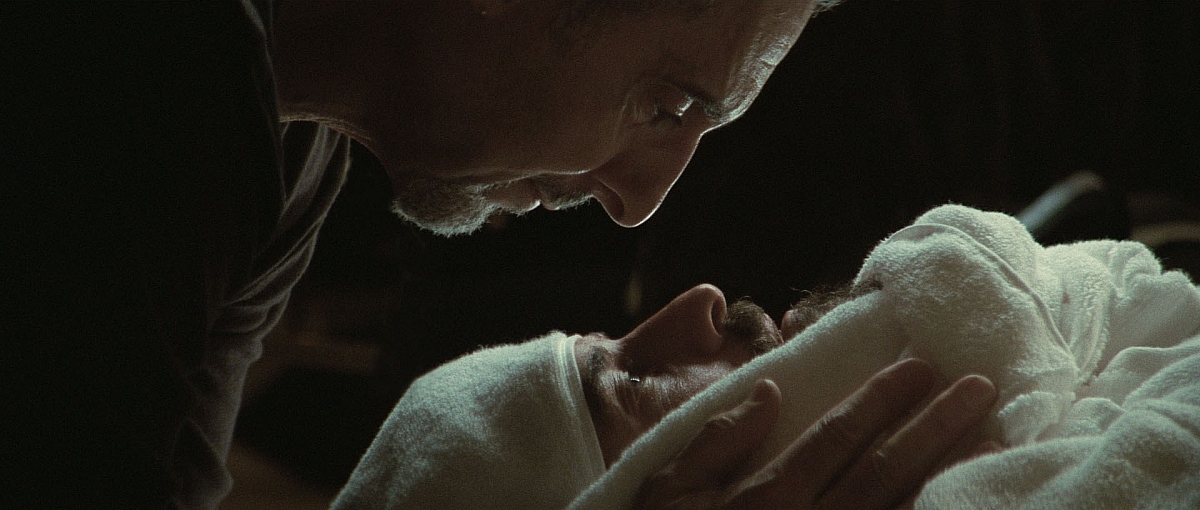
Courtesy of Sean Ellis BSC.
Ellis's filmstocks of choice were KODAK VISION3 5213 200T 35mm for all of the interior and night scenes, with KODAK VISION3 50D 7203/5203 16mm/35mm for the day exteriors. Shooting Anamorphic there were a few occasions on dark scenes when Ellis needed extra stops, so he switched to KODAK VISION3 5219 500T for those. Film processing and 4K scanning was done at Cinelab, London.
"For me the 200T is just a really, really beautiful stock. I fell in love with it on Eight for Silver. It's got a great dynamic range and is very malleable too. It's not as sensitive as the KODAK VISION3 5219 500T, but you can under/overexpose it, push/pull it, to get different looks just the same. For this film, however, I used an ARRI VariCon to pre-flash the negative in-camera to flatten the contrast level and introduce base colors – blues and greens – into the shadow areas.
"I originally learned how to pre-flash the negative by Freddie Francis BSC, one of the true masters of cinematography. He was the DP on the All Saints Never Ever music video I directed in mid-90s, and used an ARRI VariCon for that shoot. I have used pre-flash a great deal on many projects that I have shot or directed, including extensive used on Eight for Silver.
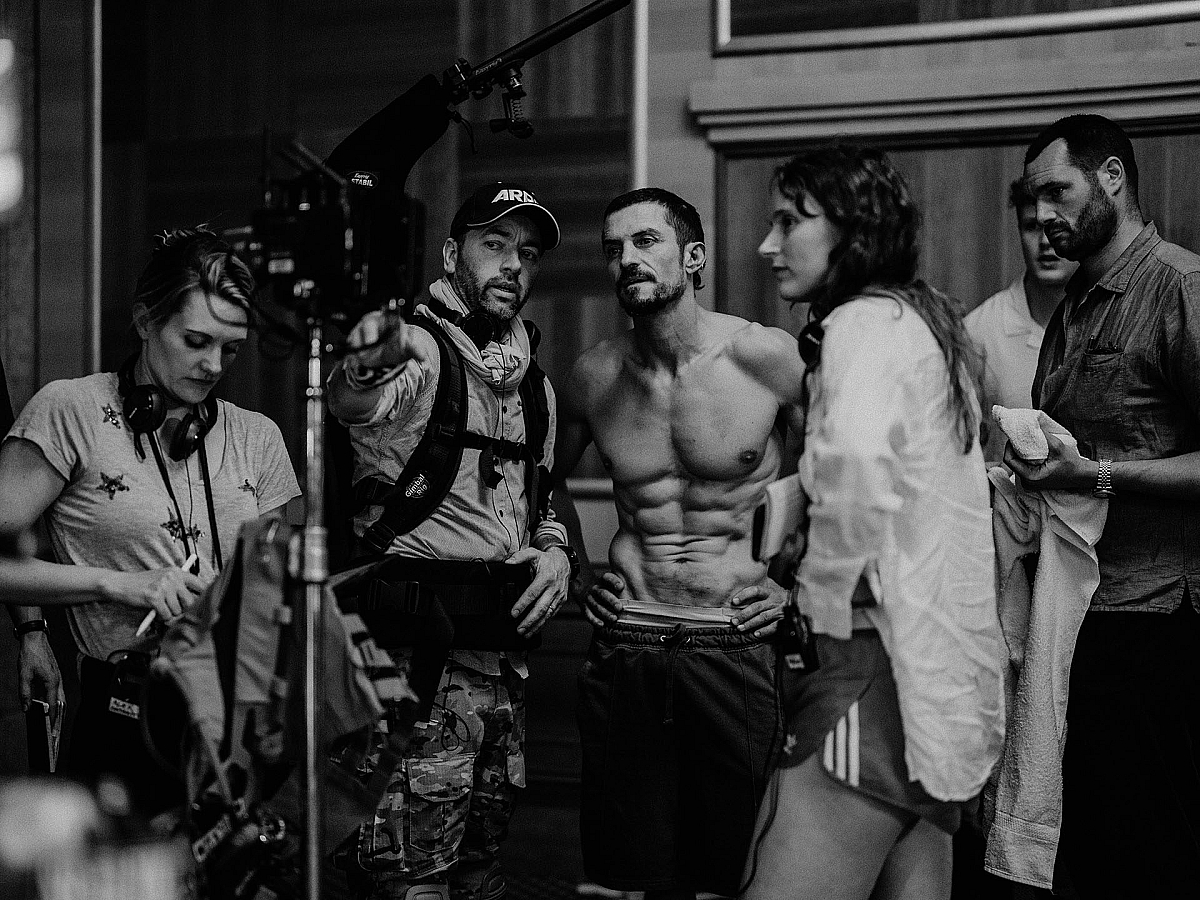
Courtesy of Sean Ellis BSC.
The ARRI VariCon fits into two filter slots in an ARRI MB-14 matte box. The VariCon uses a variable color and light intensity source to illuminate a glass filter that fogs the image when filming, thereby raising detail in shadow areas, but without affecting the mid-range or highlights. On The Cut Ellis used the VariCon to give the exposed 35mm negative a base of softened blacks, and to provide a base for the subsequent color grade.
Except for the film's opening fight sequence, which involved three cameras, The Cut was mainly a single-camera shoot. Along with directing and overseeing the cinematography on the film, Ellis also operated throughout the production, assisted by Dominique Cheung on focus, with Ross Dixon as second AC, and camera trainees Charlotte Murphy-Frost and Matthew Hollis.
"My original approach was to shoot everything on the dolly and have a lot of static frames," Ellis estimates. "But even the best made plans get thrown out of the window on contact with the enemy, and we were probably on the dolly 60% of the time with slow creep-ins to give a sense of movement, with the rest either handheld or on Steadicam."
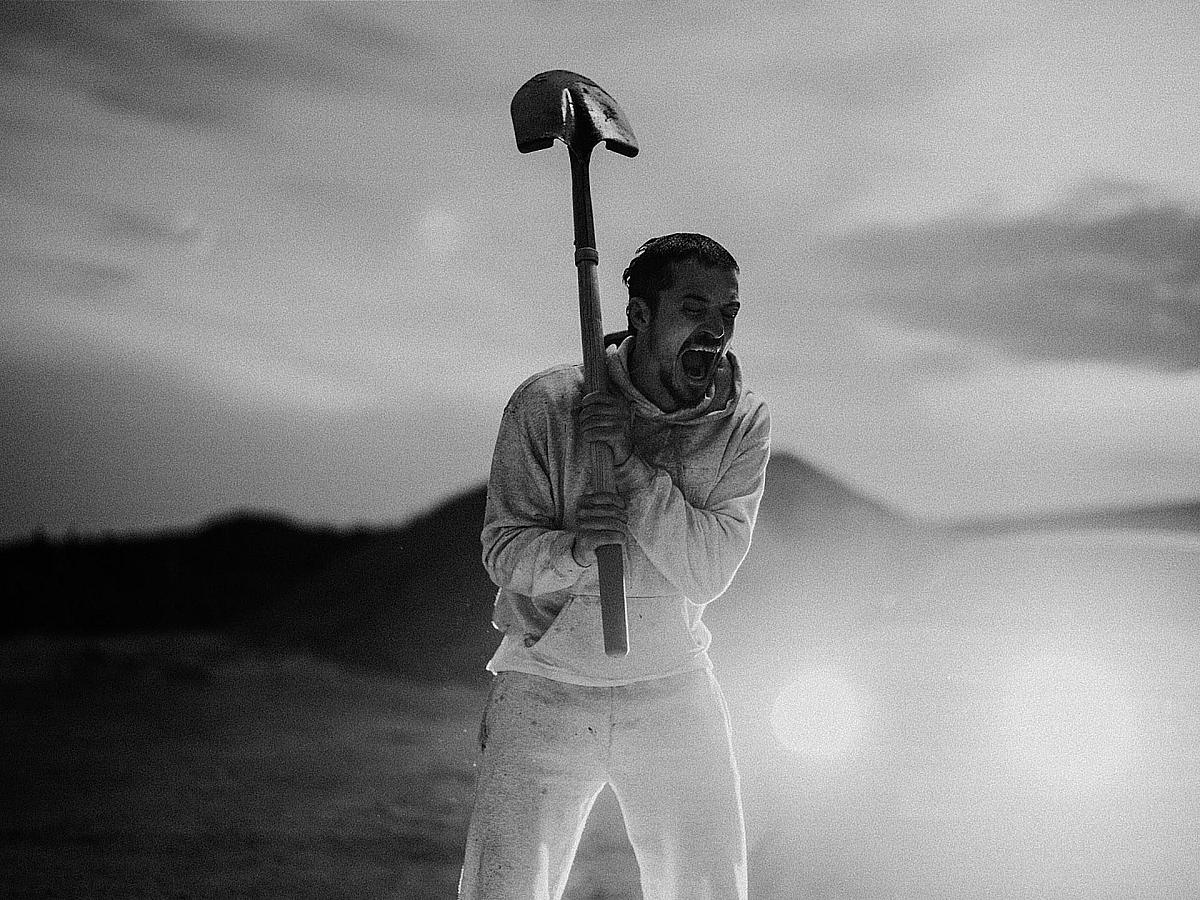
Courtesy of Sean Ellis BSC.
Will Lyte ACO operated Steadicam using an Omega AR2 system that enables the camera to move seamlessly from floor-to-ceiling, rotate 360-degrees, and maintain a level horizon even during these transitions. Lyte and his system were harnessed to disorienting effect for a scene in which the camera whirls woozily around the boxer as the coach wrestles him to the floor to prevent him from escaping the hotel, with Ellis using an iPhone to control the camera head.
"Obviously, most of the film involved lighting interiors, and whilst I understand LEDs are convenient, I don't really like LED lighting, as I'm always fighting some kind of color spike," Ellis emotes.
"I much prefer Tungsten lighting and using old-school Fresnels, but traditional lighting does have a big impact on the size of the generator you need. So, in talks with Vianney Kernanet my gaffer, I had a combination of the two – the practicality of being able to change the color of an LED during a shot, and to control it all from an iPad, whilst using Tungsten sources as catch lights, to create glints and reflections in the eyes.
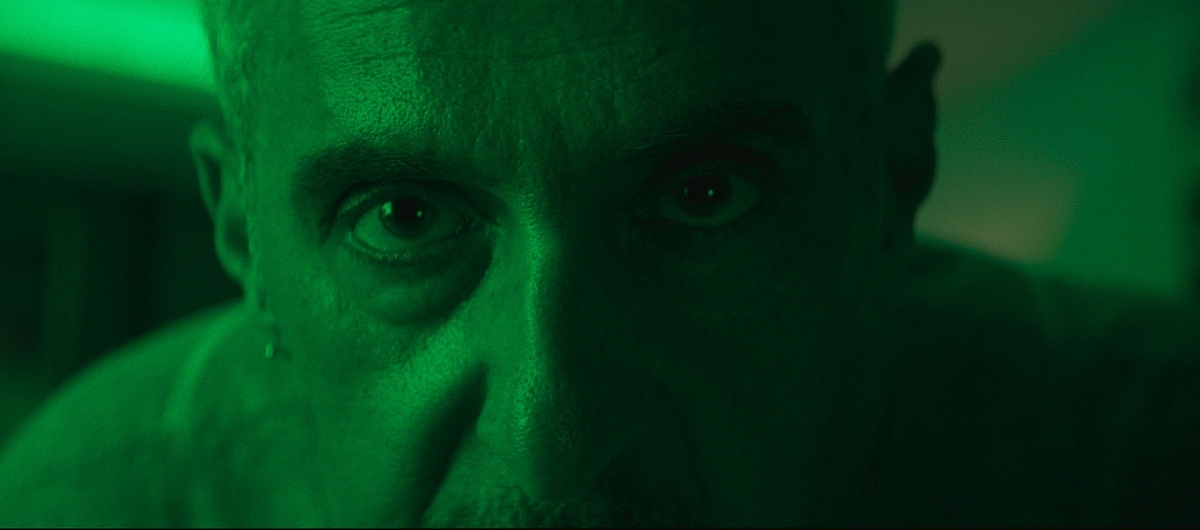
Courtesy of Sean Ellis BSC.
"For me, eyes give you the emotion of a character, and they are great way of being able to tell their story. If there's a single glint it can give an oppressive or disconcerting feeling, multiple catch lights are what I call 'sparks of hope', and I made sure there were plenty of both of those."
Reflecting on his experience of shooting The Cut, Ellis remarks, "You want to surround yourself with like-minded people who are excited about creating something. Orlando and John brought something special and unexpected to their performances – Orlando with his physical transformation for the role and the lived-in pain of his character, John with the super-manipulative nature to his role, almost like the devil on your shoulder.
"Everybody, the cast and the crew, knuckled down and gave 200%, and whilst we all might have wanted more time, it proved a really great production."